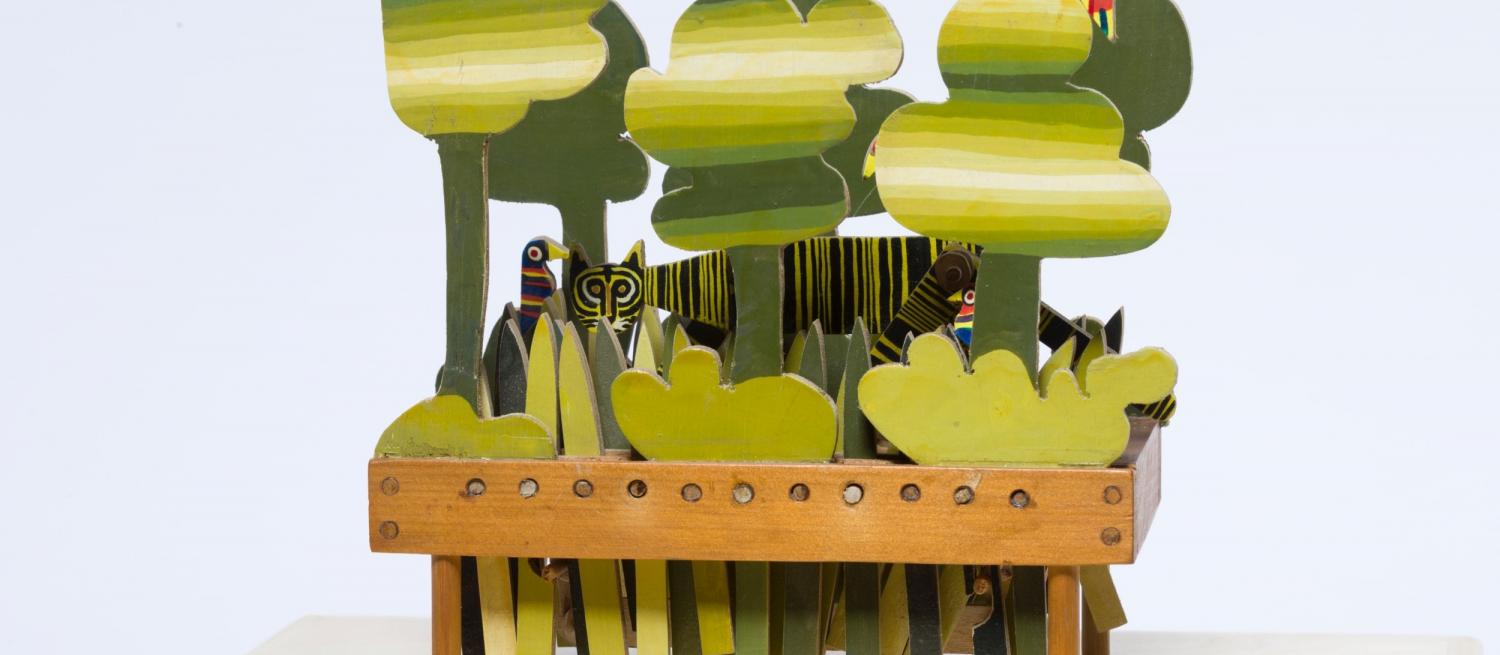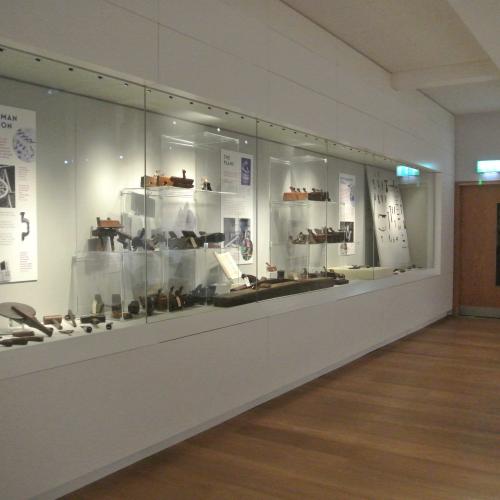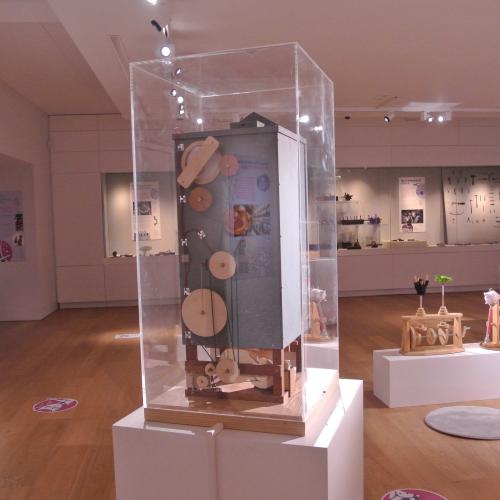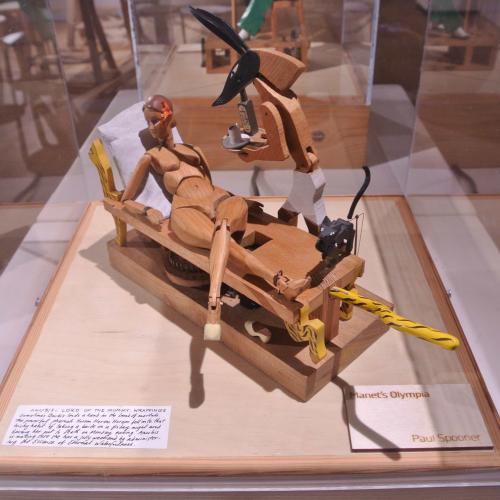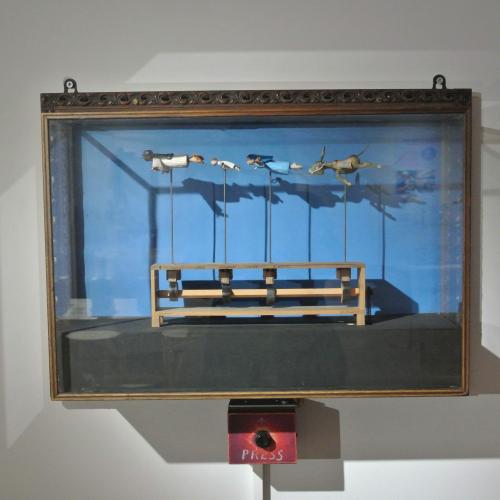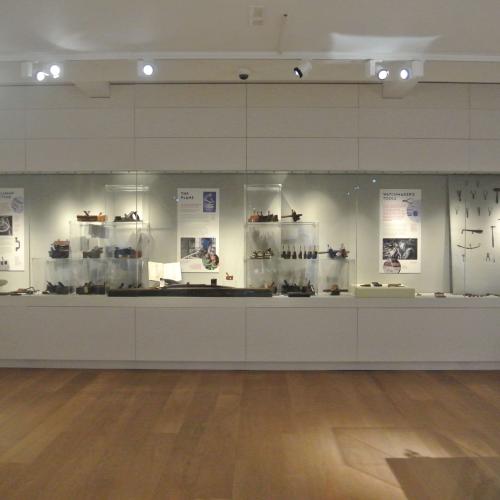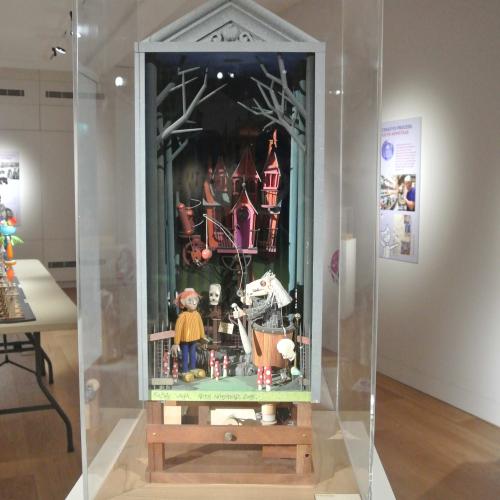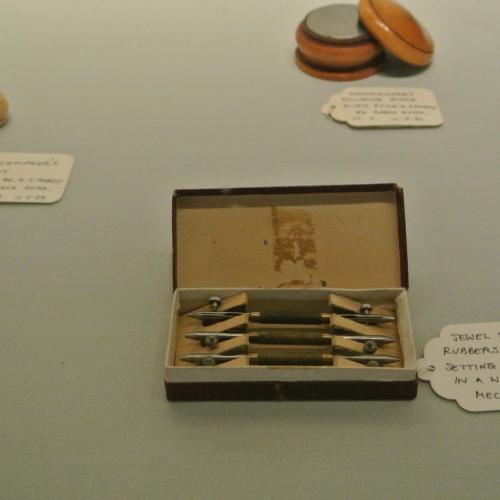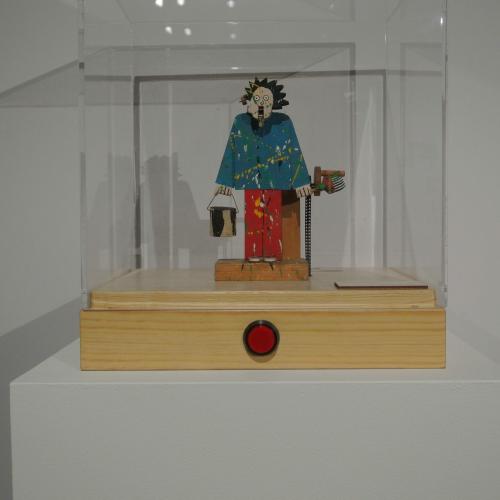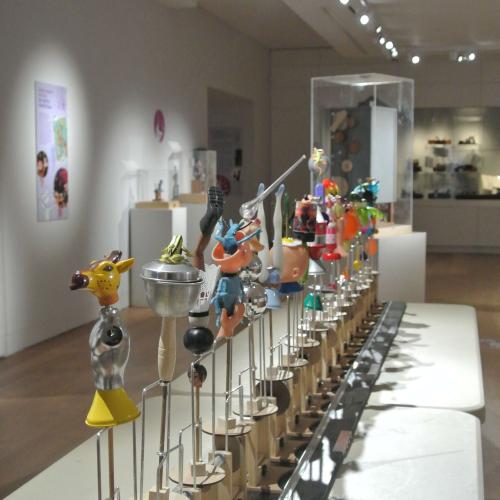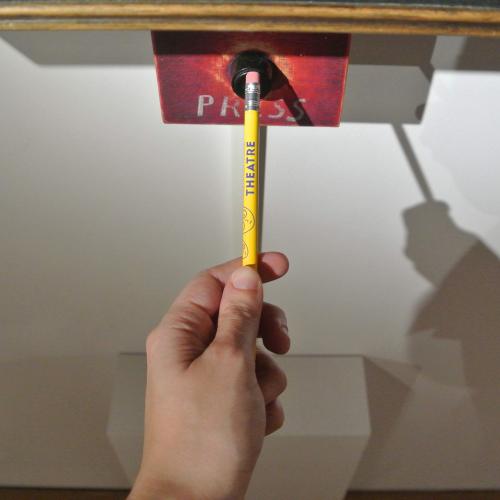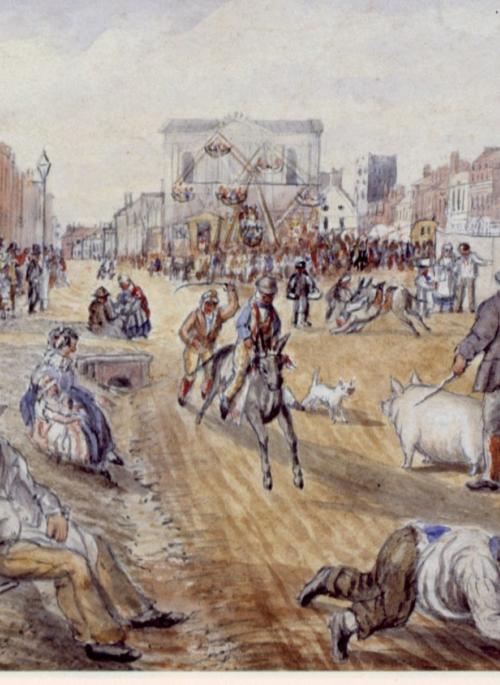The exhibition explored the fascinating world of automata with Cabaret Mechanical Theatre and the tools used to create them in St Albans Museums' own Salaman Tool Collection.
We included artworks from the Cabaret Mechanical Theatre collection. These whimsical mechanical artworks illustrate their inner workings at the push of a button or turn of a lever, enabling a greater level of understanding of mechanics, engineering and art.
These simple but effective interactives demonstrate the basic principles behind cams, drives, linkages, gears, pulleys, ratchets, gears and levers. All these mechanisms underpin and feature in our lives in a multitude of ways on a daily basis.
The designs also showcase the creativity of their makers from funny scenes to intriguing stories the simple movements bring these sculptures to life.
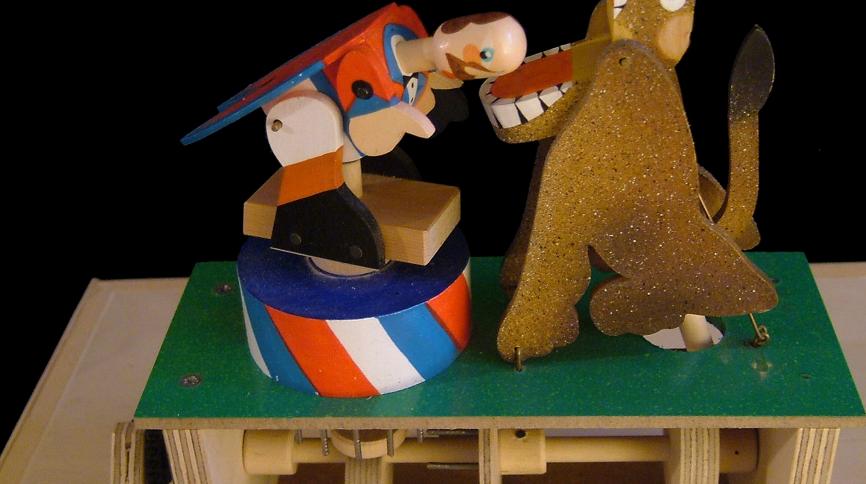
The Salaman Collection
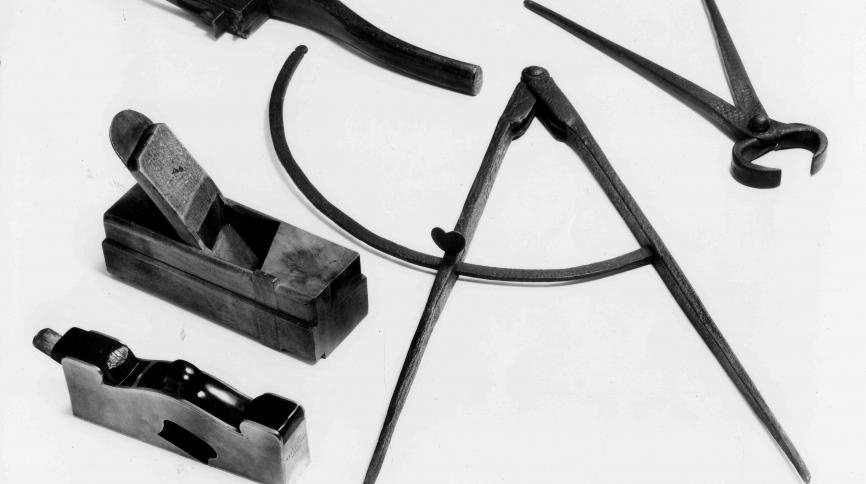
St Albans Museums is home to a large collection of trade tools, brought together by local resident Raphael Salaman and added to the museum’s collection in the 1970s. The collection covers a wide variety of trades and illustrates how important manual craftsmanship once was.
Part of Salaman's wide range of woodworking tools were displayed in the exhibition including some of the 100+ planes he collected. They show how even a simple tool can be adapted to each specific craftspersons needs.
We also displayed a collection of watchmaking tools designed to work on clockwork and gears even smaller than those in the automata on display.
Cabaret Mechanical Theatre
The Cabaret Mechanical Theatre Company (CMT), was formed in 1979 by Sue Jackson, as a small general craft shop, simply called Cabaret, located
in Cornwall, United Kingdom. Collaborating with local artists Cabaret specialised in creating
hand-made automata that were exhibited and sold to the general public.
Due to the company’s huge success it moved its premises to London in 1984, where it soon established an international reputation for the quality and uniqueness of its product. CMT continued to support a growing number of makers, and helped to define automata as a craft genre, encouraging organisations like the Crafts Council of Great Britain to recognise its significance and collect some of its finest examples.
